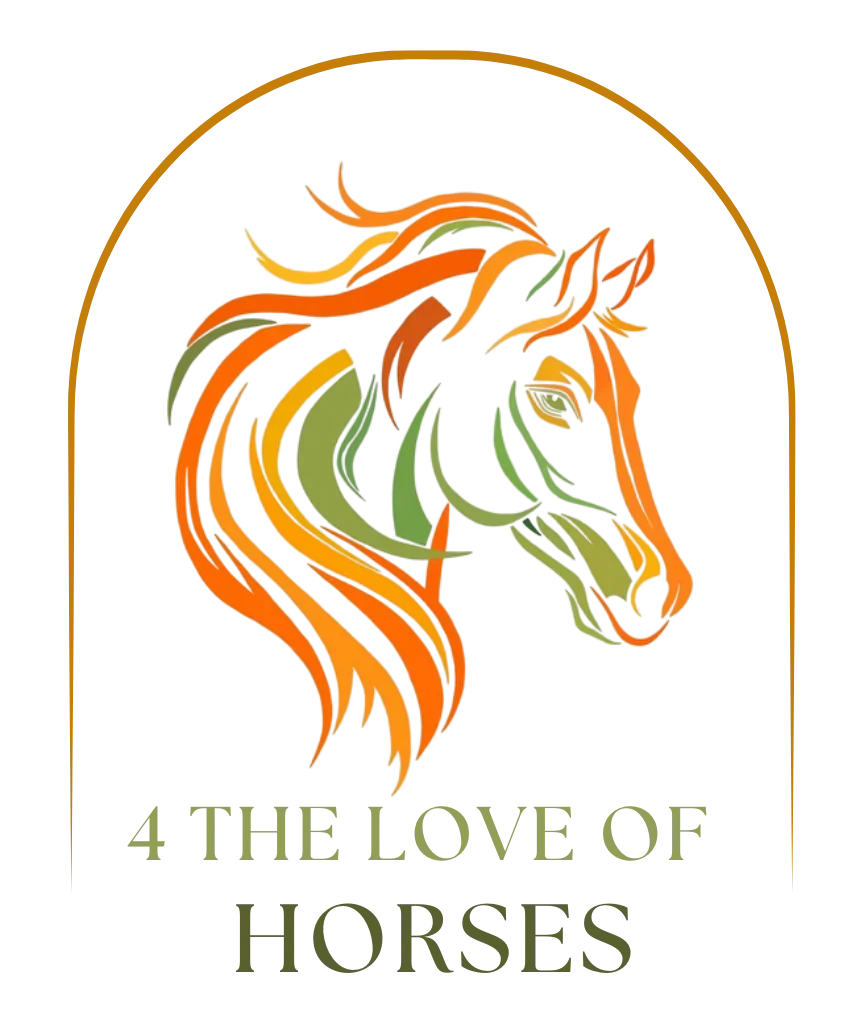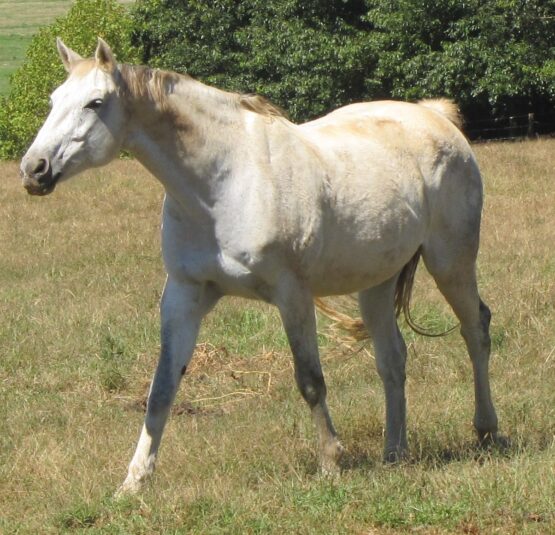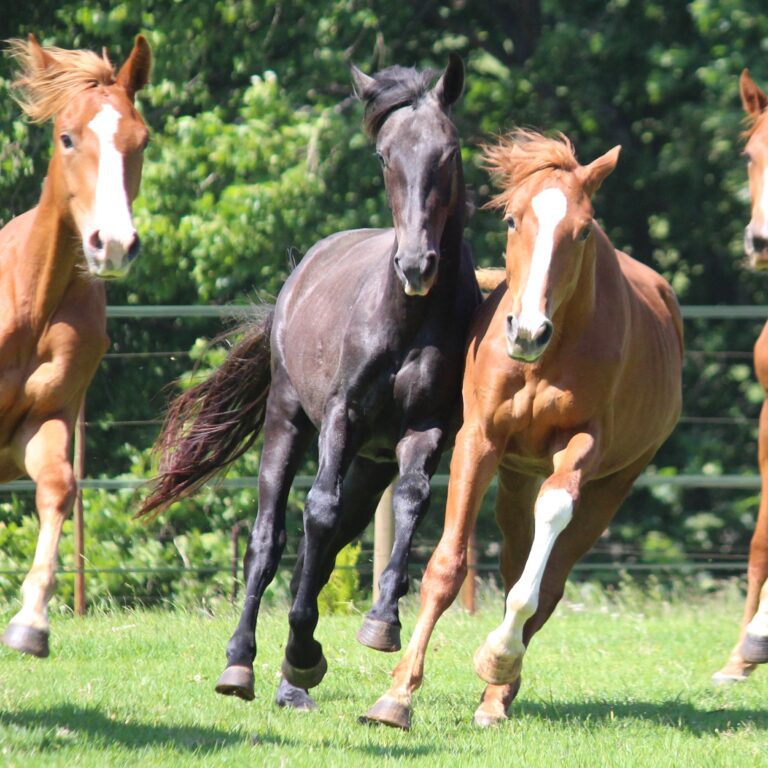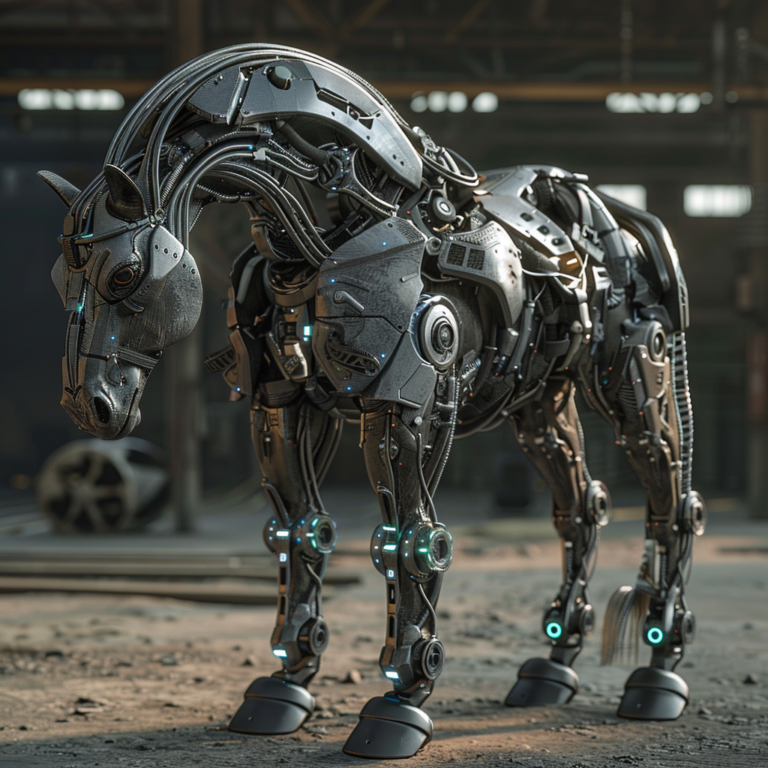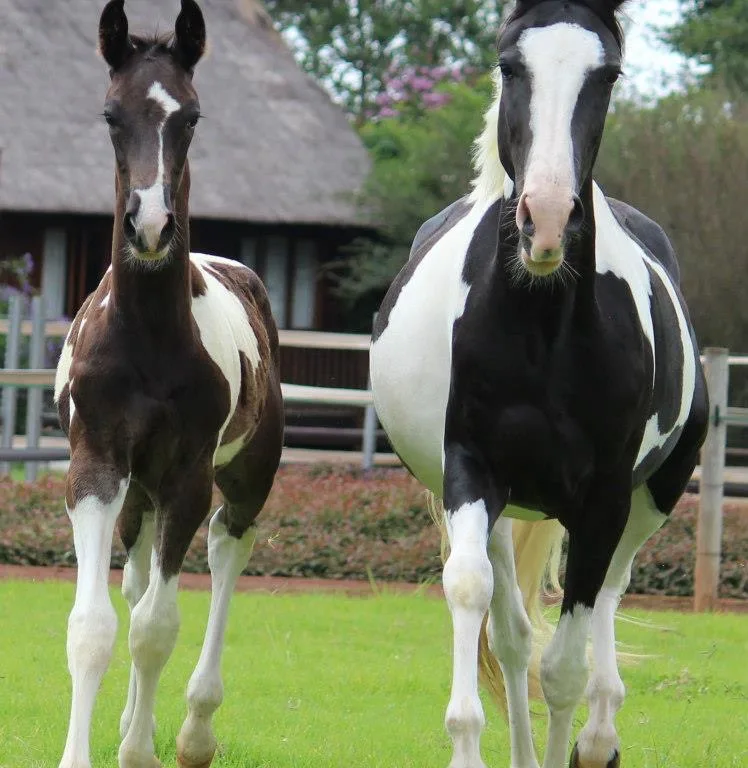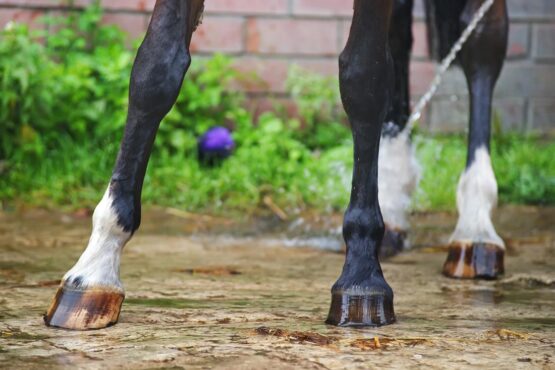The Aging Equine Athlete: Maximizing Fitness Under Saddle
As horse owners, we all want our equine companions to remain healthy and happy for as long as possible. Thanks to advances in veterinary medicine, many aging horses are able to stay active and even compete well into their retirement years. In fact, some senior horses may even be fitter and more sound than their younger counterparts.
It is very important to understand that keeping an aging horse competing does require some extra care and attention. In this blog, we’ll explore the benefits of keeping your aging equine active, as well as some tips and considerations for maintaining their fitness and well-being.
The importance of maintaining fitness in your aging equine
Maintaining your old horse’s fitness levels will support his overall health and well-being. As horses age, their bodies undergo many physical changes that will affect their overall health, this includes a decline in muscle mass, bone density, and joint mobility. Regular exercise can help slow down these changes, maintain your horse’s cardiovascular fitness, and improve his overall physical health.
Studies have shown that horses who have regular exercise are less likely to develop chronic conditions such as insulin resistance, obesity, and metabolic disorders. Exercise also helps maintain a healthy weight and reduce the risk of developing laminitis.
The important of exercise
Regular exercise can help maintain muscle tone, strength, and flexibility which can reduce the risk of injuries and improve recovery time if an injury does occur. Exercise will also improve balance, coordination, and proprioception which can help prevent falls and other accidents
It can also support your horse’s mental health and well-being. Exercise reduces stress, anxiety, and depression in horses which is very important for aging horses who would be more prone to these conditions. Exercise also provides mental stimulation and helps prevent boredom which will improve your horse’s overall quality of life.
Overall, maintaining fitness in older horses is important for supporting their overall health and well-being, preventing age-related diseases and health problems, reducing the risk of injury, and supporting mental health and happiness.
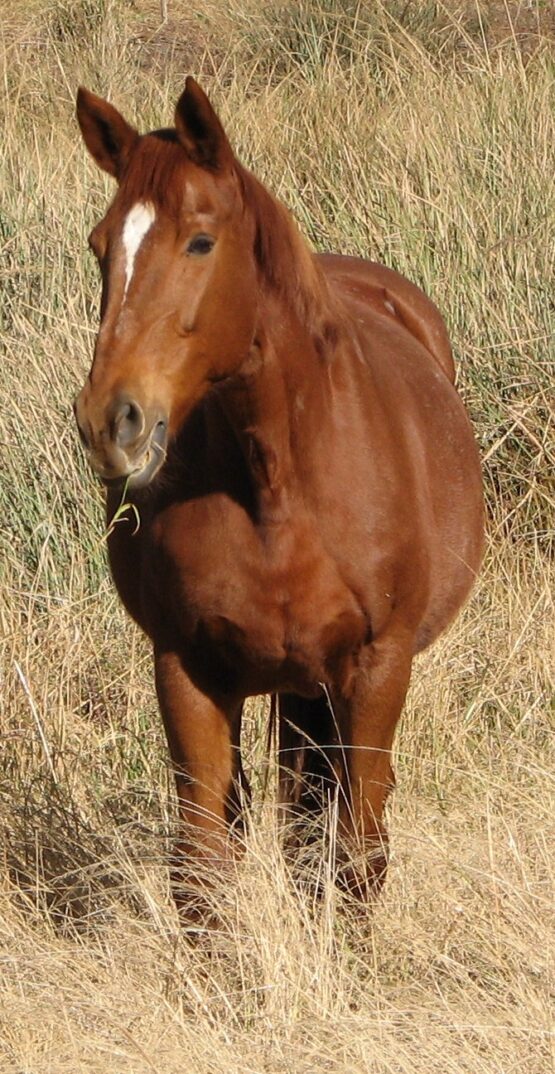
Understanding Your Horse’s Changing Needs
As your horse ages, there are many physical changes that commonly occur:
- Loss of Muscle Mass: As horses age, they often lose muscle mass, particularly in the hindquarters and topline. This can make it harder for them to perform certain movements and can increase the risk of injury.
- Decreased Bone Density: Horses also lose bone density as they age, which can make them more susceptible to fractures and other injuries.
- Joint Stiffness: Older horses are often prone to joint stiffness and arthritis, which can make it more difficult for them to move comfortably.
- Slower Metabolism: As horses age, their metabolism slows down, which can lead to weight gain and other metabolic issues.
- Reduced Lung Function: The lungs of older horses become less efficient at exchanging oxygen and carbon dioxide, which can make it harder for them to breathe during exercise.
- Decreased Cardiovascular Capacity: Older horses often have a reduced ability to transport oxygen to the muscles during exercise, which can limit their endurance.
Not all horses will experience these changes to the same degree, and some horses may remain active and healthy well into their later years. It is important to be aware of these changes though and to adjust your horse’s training and care accordingly to support their changing needs.

Building a Fitness Program for Your Senior Horse
When creating an exercise plan for your horse, it’s important to consider their age, fitness level, and the demands of their discipline. Older horses may require a more gradual and gentle approach to exercise, while younger horses may be able to handle more intensity. Additionally, the types of exercises you choose will depend on your horse’s discipline – for example, a dressage horse may require more focus on suppleness and flexibility, while a racehorse may need more speed and endurance work.
To address specific areas of fitness, it’s important to incorporate a variety of exercises into your horse’s training plan. Some examples might include:
- Cardiovascular Work: Trotting and cantering are great ways to improve your horse’s cardiovascular fitness.
- Strength Training: Ground poles, cavaletti, and hills can all help improve your horse’s muscle strength and tone.
- Flexibility and Suppleness: Stretching exercises such as carrot stretches, tail pulls, and lateral flexion can help improve your horse’s range of motion and suppleness.
- Balance Training: Exercises such as backing up, leg yields, and shoulder-in can help improve your horse’s balance and coordination.
When starting a new exercise program, it’s important to gradually increase the intensity and duration of workouts to avoid injury and build endurance. Start with shorter, easier workouts and gradually increase the intensity and duration over time. Be sure to monitor your horse’s response to exercise and adjust your plan as needed.
Every horse is unique, and his exercise plan should be customized to meet his individual needs. By considering your horse’s age, fitness level, and discipline, incorporating a variety of exercises, and gradually increasing intensity and duration, you can help keep your horse fit, healthy, and happy under saddle well into his older years.
Fit horses also generally have better hooves and are less prone to physical injuries. Exercise can prevent health issues in your older horse and aid the management of conditions they develop as they age.
Keeping fit can also help your horse from developing health problems such as becoming obese and developing related metabolic problems.
Horses with arthritis can also benefit from regular exercise. It is very important to understand the level of activity that gets your horse fit and keeps him in good working order but that doesn’t exasperate his problems. The trick is striking the right balance – finding the level of activity that gets your horse fit and keeps everything in good working order but doesn’t add to any existing ailments.
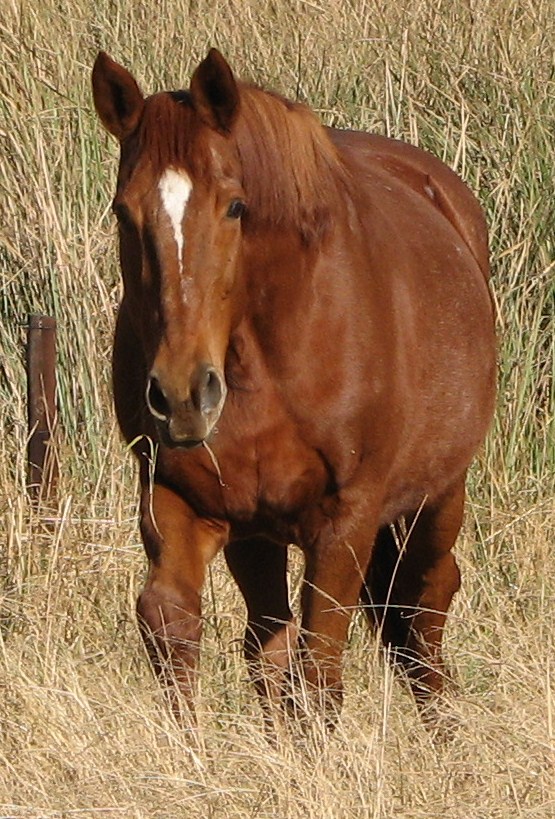
Every horse is different
How long your aging equine can keep going depends on many factors, the average would be mid 20’s for any serious athletic activity.
It is very important to keep in mind that they may have different needs and limitations than younger horses. Here are a few things to look out for:
- Joint health: As horses age, their joints can become stiff and sore. Look for signs of arthritis or other joint issues, and work with your vet to manage them.
- Teeth and mouth: Dental problems can be more common in older horses, so it’s important to make sure their teeth are in good shape. An older horse may have trouble chewing or may need dental work such as floating.
- Vision and hearing: As horses age, their vision and hearing can deteriorate. Make sure your older horse can see and hear you clearly, and be aware that they may not react as quickly to sudden movements or loud noises.
- Condition: An older horse may have a harder time maintaining their condition, and may be more prone to weight gain or loss. Work with your vet to develop a diet and exercise plan that will help keep your horse in good condition.
- Exercise: An older horse may not have the same energy or stamina as a younger horse, so it’s important to adjust your riding and exercise routine accordingly. Short, easy rides or low-impact exercise may be more appropriate than long, vigorous sessions.
- Regular check-ups: As horses age, they may need more frequent check-ups and check-ups to maintain health and mobility. Have good communication with your veterinarian, to monitor their overall health and catch any issues early.
Remember, older horses are not as resilient as younger ones and may need more time and care to recover from an injury or illness, it’s important to be gentle with them and adapt your riding accordingly.
Not that some horses can’t handle it, but at that point, your horse has probably earned a retirement of lighter use.
But from ages 17 to the early 20s, assuming there aren’t other issues, such as navicular or significant arthritis, there is really no reason that horses can’t be put on a sensible conditioning program, fitted up, and enjoyed by their riders.
The importance of proper warm-up and cool-down routines for keeping your aging equine fit
- Proper Warm-Up and Cool-Down Routines: A proper warm-up and cool-down routine is essential for any horse, regardless of age or fitness level but is even more important in your older horse. Warming up before exercise helps increase blood flow to the muscles, which can help prevent injury and prepare your horse for more intense work. Cooling down after exercise helps remove waste products from the muscles and reduce the risk of stiffness or soreness. A proper warm-up and cool-down routine might include walking and stretching exercises, as well as gradual increases or decreases in intensity.
- Using Appropriate Footing and Equipment: Proper footing and equipment can help support your horse’s joints and muscles, reduce the risk of injury, and improve overall performance. For example, a horse with arthritis may benefit from riding on softer footing to reduce the impact on the joints, while a horse in a discipline that involves jumping may need specialized boots or shoes to protect the legs.
- Recognizing Signs of Pain or Discomfort: It’s important to be aware of your horse’s physical and emotional state during exercise, as they may not always be able to communicate when they are in pain or discomfort. Signs of pain or discomfort can include changes in behavior, such as reluctance to move forward, pinned ears, or resistance to certain exercises. If you notice any of these signs, it’s important to investigate the source of the discomfort and adjust your horse’s training plan accordingly.
Overall, taking steps to support your aging equine’s joints and muscles, recognizing signs of pain or discomfort, and using appropriate equipment and footing can help keep your horse healthy and comfortable under saddle. By incorporating a proper warm-up and cool-down routine, using appropriate equipment, and being aware of your horse’s physical and emotional state, you can help ensure a long and healthy riding career for your horse.
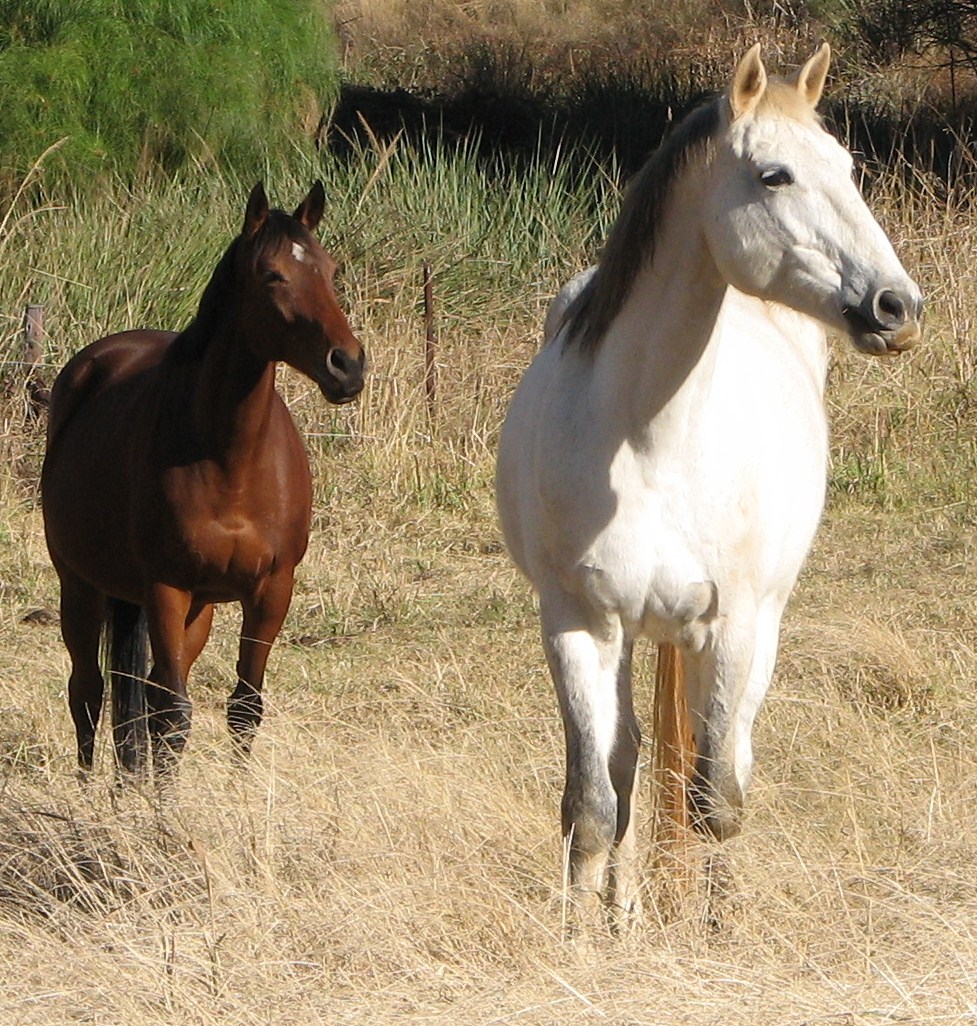
Nutrition for your aging equine
As horses age, their metabolic needs may change, and they may require adjustments to their diet to maintain optimal health. Older horses may require more frequent feedings, as their digestive systems become less efficient. They may also require a diet that is lower in carbohydrates and higher in protein, to help maintain muscle mass and prevent weight loss. Consult with a veterinarian or equine nutritionist to help determine the appropriate diet for your horse.
As your horse ages, it may develop joint issues such as arthritis, which can impact its comfort and mobility under saddle. There are a variety of supplements and medications available to support joint health in horses, such as glucosamine, chondroitin, and hyaluronic acid. Consult with a veterinarian to determine if joint supplements or medications may be appropriate for your horse.
Regular veterinary care is essential for maintaining your aging equine’s health as they age. This may include routine check-ups, dental care, and vaccinations, as well as monitoring for common age-related health issues such as Cushing’s disease or equine metabolic syndrome. By keeping up with regular veterinary care, you can help ensure that any health issues are caught and treated early.
Overall, proper nutrition and health care are essential for keeping your older horse healthy and comfortable under saddle. By adjusting your horse’s diet as needed, supporting joint health with supplements or medications, and keeping up with regular veterinary care and monitoring, you can help your horse enjoy a long and healthy riding career.
Ailments to look for in your aging equine
Navicular syndrome is a musculoskeletal condition that can interfere with an aging equines fitness plan. Characterized by inflammation of the structures around a horse’s navicular bone deep in the hoof, this condition can often be managed with specialized shoeing.
Excessive work, especially on unforgiving footing, can lead to painful flare-ups. It may be tempting to just give some bute and forge ahead, but the painkiller will only mask signs, which can lead to further damage.
Cushing’s disease, a malfunction of the horse’s pituitary gland, is very common in aging equines but doesn’t necessarily limit their activities. The excess corticosteroids these horses produce can put stress on soft tissues, and they may be prone to overheating with a thick coat, but with correct management can do quite well.
You will also want to take into account any old injuries your horse might have had in his younger years. Serious, acute injuries – such as a tendon or fracture – can significantly limit the amount of activity a horse can tolerate later in life. Re-injury is a worry, or a horse may simply become unsound as his work increases. If you’re aware of your horse’s old injuries, discuss their potential effects on a fitness program with your veterinarian.
Respond quickly to the first signs of trouble
As your fitness plan progresses, watch for signs of stress in your older horse. Look at his legs often and very carefully. Check them over before and after each ride. Are there new windpuffs, or an area of heat? Older horses will likely have a collection of bumps and lumps, but any that are new, tender, or hot are cause for concern.
The inferior and superior check ligaments on each leg, which stabilize the knee and take a load off the flexor tendons, seem more prone to injury in older horses than younger ones. This most likely relates to tissue changes.
Old ligaments, tendons, and muscles for that matter, just don’t stretch as much as they did when your older horse was younger. The check ligaments might undergo these changes before or more dramatically than other structures. This type of injury can cause lameness and swelling and can take many months to heal.
In addition to obvious lumps and injuries, signs that an older horse may be having trouble with a conditioning program include tripping, loss of balance, or a general lack of luster. You may have to look carefully for these signs, as many horses will soldier on, even when stressed. Some horses are very stoic.
I had an OTTB who was incredibly brave and never showed pain until he started stopping at jumps, he had no lumps or bumps and had never been unsound, he just started stopping which was very unlike his normal behavior. I retired him from show jumping then as I thought that he was probably feeling pain when he was landing after the jump and it would not have been fair to continue. He carried on under saddle trail riding which he thoroughly enjoyed and stayed sound for many more years.
One thing you do not need to worry about is your aging equines heart and lungs. Horses are amazing cardiovascularly. Horses don’t have that worry as humans do.
conclusion
When working with your aging equine, be realistic. Even if he is extremely fit and active, he may not be able to keep up with his younger peers. Remember that he’s probably not going to be able to perform like he used to and only keep him going as long as he looks happy and is enjoying his job, forcing him to compete when he is not able to is not the way to go, he will have given you years of happy competition and keeping him going too long is not good horsemanship.
Keeping your aging equine competing can be a challenge. While it’s certainly possible for older horses to remain active and even compete, it’s important to be realistic about their limitations. Even the fittest and healthy senior horses may not be able to keep up with their younger peers, and it’s important to be mindful of their needs and abilities.
So, as a responsible horse owner, always keep the best interests of your aging equine companion in mind and practice good horsemanship.
Further reading
How to Keep Older Horses Sound and Happy — Keeping older horses sound is a juggling act. Read this article for hot tips about keeping your older horse sound. and enjoying ridden work.
10 Tips to Keep Your Senior Dressage Horse CompetitiveSound equine-management practices coupled with a good dose of common sense will assist in the longevity of senior horses.
